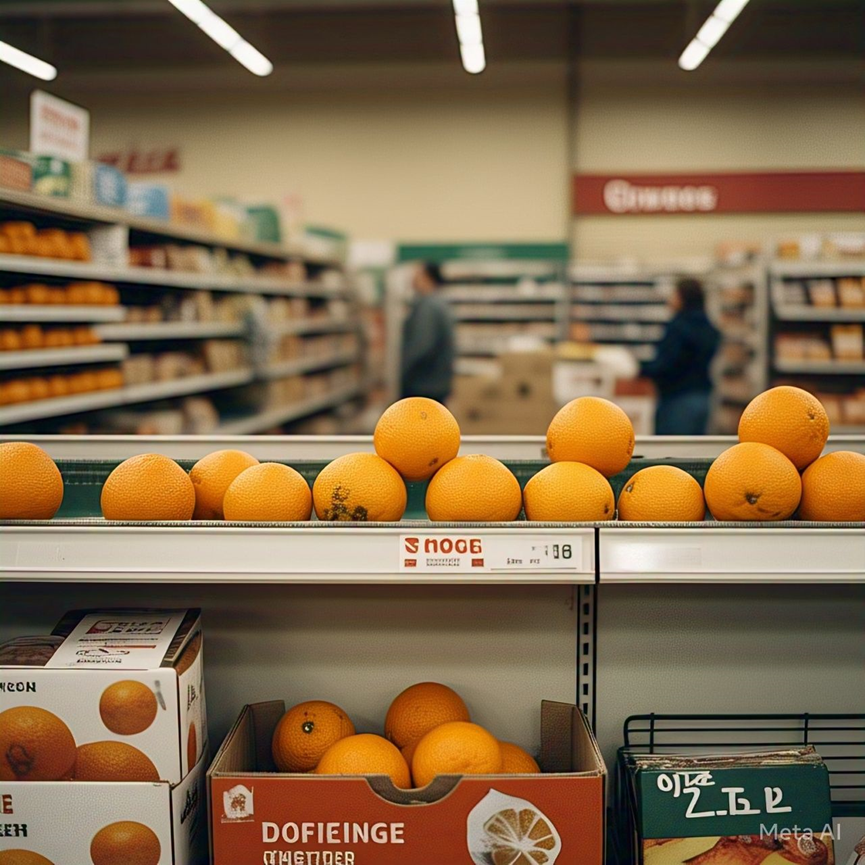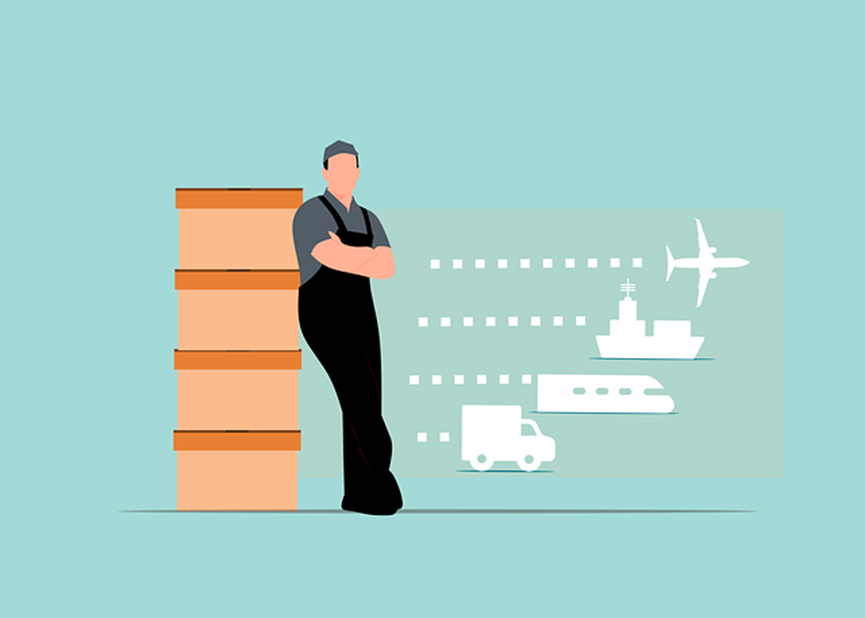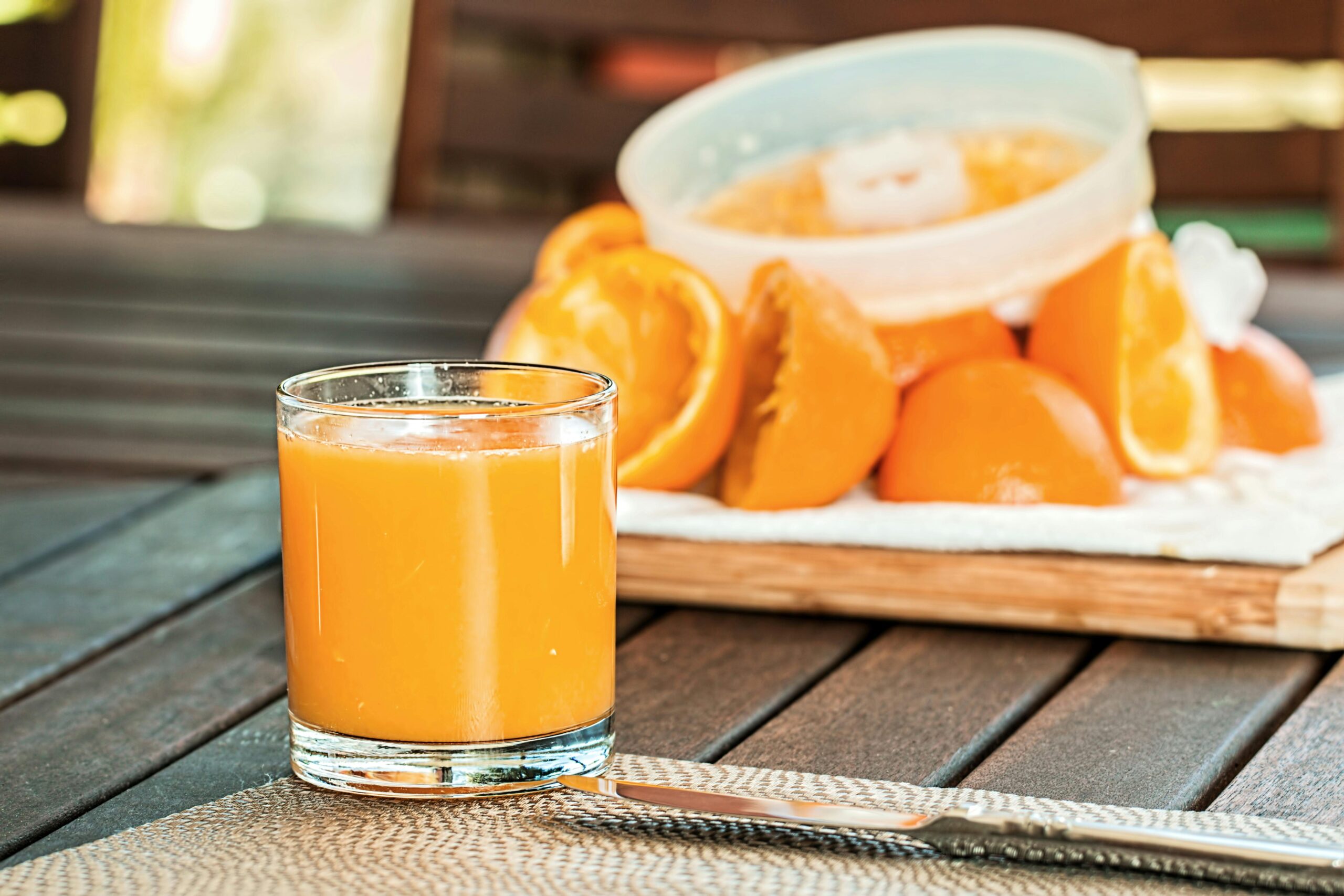why their favorite breakfast beverage has become more of a luxury item than a staple. This phenomenon is the result of a complex web of factors, with the supply chain playing a central role. The process of getting orange juice from farms to retail shelves is no small feat. Logistics, transportation, and distribution are vital links in this chain. From the moment oranges are harvested, the journey to the grocery store is a delicate one. Any disruption along this route, such as delays, rising fuel costs, or port closures, can lead to significant price increases. These costs aren’t absorbed by the retailers but are passed down to the consumer, making orange juice more expensive than ever before.
However, logistics and distribution are just the tip of the iceberg. Once the oranges are harvested, they must go through packaging and processing. The packaging industry has faced its own set of challenges in recent years, with increased material costs, supply shortages, and even labor issues contributing to the overall cost of getting the juice from the factory to the consumer. Whether it’s the materials for cartons, the energy needed to run processing plants, or the workforce to package and distribute the juice, every factor plays a part in driving up the price.
Climate change, though, is perhaps the most significant issue threatening the orange juice industry. The erratic weather patterns we are experiencing, including severe hurricanes, unexpected frosts, and droughts, are causing substantial damage to citrus crops. Florida, which was once a reliable hub for orange production in the U.S., has been hit particularly hard. The state’s once-thriving groves are now struggling to recover after years of adverse weather events. Similarly, Brazil, another top producer of oranges, has been unable to escape the consequences of climate change, facing its own challenges with unpredictable weather and water shortages. When crops are destroyed by such events, yields are drastically reduced, resulting in higher prices due to scarcity.
As orange juice continues to be a popular beverage, particularly at breakfast, the growing demand puts additional pressure on the already strained supply. People expect fresh juice on their tables, but the combination of inflation and increased demand means that producers are having to charge more to meet consumer needs. Moreover, the presence of pests, bacterial diseases, and evolving farming practices are further complicating the production process. Farmers are investing in more sustainable and resilient methods to combat these challenges, but these investments come at a price. These costs, unsurprisingly, are passed along to the consumer, driving up the price of orange juice.
On a broader level, global trade influences the price fluctuations as well. Import and export regulations, tariffs, and supply disruptions make it harder for producers to get their products into international markets. Every obstacle farmers face on the international stage is reflected in the final cost of orange juice. With this intricate interplay of factors, what was once an everyday staple for families is now inching closer to being a luxury item.
A Devastating Orange Shortage
The current shortage of oranges is unprecedented, and it is having a profound impact on the orange juice market. Brazil, which accounts for a large share of the global orange production, is grappling with shortages that are threatening the industry. Meanwhile, the U.S., specifically Florida, the country’s leading orange-growing state, is facing a similar struggle. A recent study conducted by Fundecitrus revealed that the 2024-2025 harvest season is expected to see the lowest yield in 36 years, with an anticipated 5% drop compared to the previous year. This is a significant decline, and the consequences are already being felt as prices continue to soar.
For many in the industry, this situation is not surprising. The warning signs have been there for years, but the culmination of these factors has now created a perfect storm. With fewer oranges available, it is only natural that prices would rise. However, this is not just a short-term problem. The orange industry is facing a long-term challenge, and the effects could be felt for years to come. As supplies dwindle, global demand for orange juice remains high, meaning that consumers will continue to experience higher prices and perhaps even shortages in the near future.
If you’ve visited the grocery store recently, you’ve likely noticed that orange juice prices have already spiked. This is not only due to the shortages in Brazil and Florida, but also due to the cascading impact of years of poor weather, pest infestations, and labor shortages in the agricultural sector. These challenges have made it difficult for farmers to bounce back, and with the 2024-2025 harvest expected to be one of the worst in decades, the uncertainty in the market shows no signs of abating.

Why Is There a Shortage?
There are several reasons behind the ongoing orange shortage, and one of the most pressing issues is the rise of citrus greening disease, also known as Huanglongbing (HLB). This bacterial disease is particularly devastating for orange groves, especially in Florida. Spread by pests, HLB attacks the fruit and weakens the trees, significantly reducing their yield. What makes this disease even more concerning is that there is currently no known cure. As a result, many orange growers are struggling to maintain healthy trees, and the supply of oranges continues to dwindle. This naturally leads to an increase in the cost of orange juice as the industry battles against this ongoing issue.
In addition to disease, climate change continues to wreak havoc on orange production. Droughts, extreme temperatures, and erratic weather patterns have all taken their toll on orange groves. As these extreme weather events become more frequent, it is expected that orange yields will continue to decrease, further exacerbating the shortage. Over time, this means that fewer healthy oranges will be available for harvest, and the already high demand for orange juice will continue to push prices higher.
How Climate Change Is Wreaking Havoc on Orange Groves
Climate change has undoubtedly become one of the most significant challenges for orange producers worldwide. In countries like Brazil and Florida, which are two of the top orange-producing regions, farmers are facing increasingly severe difficulties. Extreme heat, shifting weather patterns, and prolonged droughts have drastically altered the environment in which orange trees thrive. These environmental stressors make it harder for farmers to maintain healthy groves, and as a result, the number of oranges harvested has decreased significantly.
Take Florida, for example. In 2022, the aftermath of Hurricane Ian left many orange trees severely damaged. The flooding and wind damage that accompanied the storm compounded the existing challenges posed by drought conditions, leaving many farmers with no choice but to abandon entire groves. The combination of water shortages and extreme temperatures has made it difficult for the trees to recover, and altered flowering and fruit-setting seasons have further complicated matters. These conditions make it difficult for farmers to predict how many oranges will be produced in any given year, leading to uncertainty in the supply chain and higher costs for consumers.
Pollinators, such as bees, also play a crucial role in the orange production process. However, with unpredictable weather, even their activity has been affected. Lower levels of bee activity directly impact orange yields, making it even harder for farmers to produce the fruit. As climate change continues to disrupt the natural environment, the challenges faced by orange producers are only set to grow.
The Rising Costs of Orange Juice Productio
While climate change and disease are undoubtedly major factors contributing to the rise in orange juice prices, the costs associated with production are also playing a significant role. The process of producing orange juice is becoming more expensive due to a variety of factors, starting with the farms themselves. Farmers are facing increased costs for pesticides, fertilizers, and other resources needed to protect their crops from diseases and pests. These rising input costs are directly impacting the price of the juice that ends up on your table.
Beyond the farms, transporting fresh oranges to processing facilities is another costly endeavor. With fuel prices on the rise and logistical challenges becoming more common, getting oranges from the farm to the factory is becoming more difficult and expensive. Additionally, there are labor shortages in both the agricultural and transportation sectors, which has led to higher wages. This increase in wages further drives up the overall cost of orange juice production, resulting in higher prices for consumers.
Increasing Demand and Supply Issues
At the same time, demand for orange juice remains high, even as the supply of fresh oranges continues to dwindle. This mismatch between demand and supply has forced grocery stores to raise their prices in an effort to keep up



Pingback: Salad of Sprouts: A Nutritious and Delicious Addition to Your Diet - choosewise.info